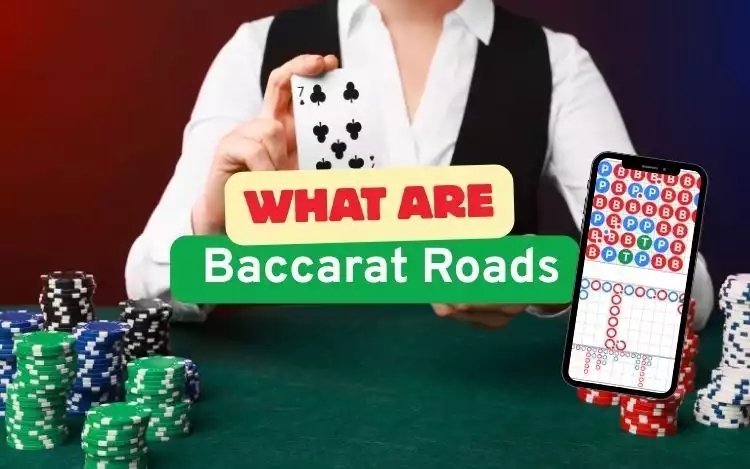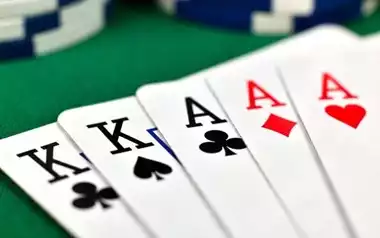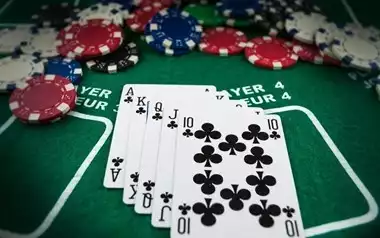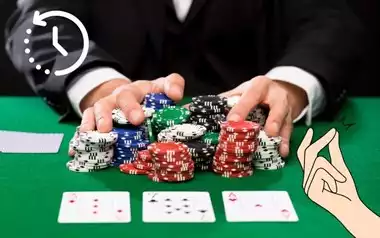Baccarat is an old game that combines traditions from all over the world. In fact, the game’s precursors hail from China, Japan, and Korea, which were then combined into a single game as they were played in card rooms across Europe. The result is a fascinating casino game with plenty of traditions, some of which are mysterious, if not outright inscrutable. One of these is the way scores are recorded, in a system known as “roads.” What are the roads, and how come there are different versions of them? Find out as we tell all about baccarat roads in this complete guide!
Here are the best online baccarat sites in the UK.
A History of Baccarat Roads
For its reputation baccarat is ultimately a simple game, but its history means scores ended up recorded in a variety of ways. Keeping record of scores is important for players, especially the professional ones, who want to know trends of the shoe that is currently in play. This desire for statistics led to the position of the “VIP host” in baccarat rooms. These hosts would track who won which round, and provide the data to the high rollers.
As the years passed different hosts used different ways to track the scores, leading to the creation of the so-called “roads” we know today. You’ll find these roads in the form of scoreboards in live casino rooms, as well actual electronic scoreboards in land–based casinos’ baccarat rooms.
Scoring in Baccarat: A Quick Primer
Before taking the road of keeping track of baccarat scores, we should have a quick refresher of how baccarat actually, well, scores. Baccarat is interesting since the player can make one of three different bets - player, banker, or tie. A player bet is self explanatory (it’s on the player winning), but banker is a bet on the dealer’s hand winning. As for a tie this involves both player and dealer getting a hand with the same score.
Scoring in baccarat is actually a simple affair. The aim of the game is to get a hand with a score as close to 9 as possible. Cards in baccarat are worth the following number of points:
- An Ace is worth 1 point.
- The 2 to 9 cards have the same score as their number.
- The 10 is worth 0.
- The Jack, King, and Queen are worth 0.
Hand scores in baccarat cannot exceed 9. This is because in the case of a double-digit score then the first digit is removed. Let’s say you got a hand of 9 and 3. The total here is 12, so we remove the 1, leaving us with a hand worth 2. The same method of scoring goes for the dealer’s hand, of course.
The Types of Roads
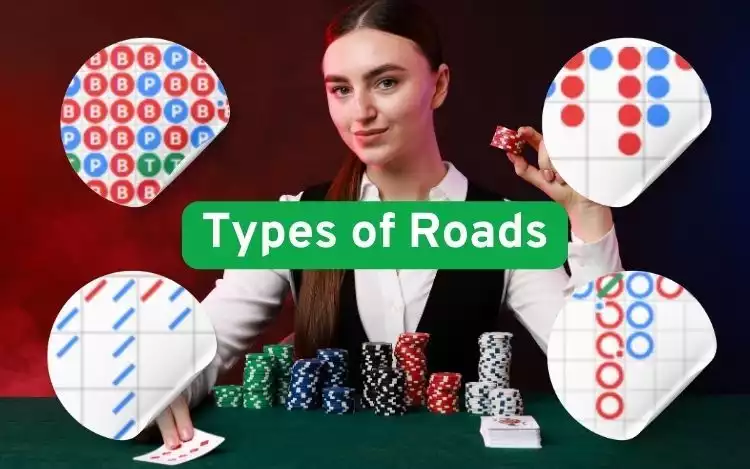
The Types of Roads
Now that we know how hands are scored in baccarat we should get into how the scores are kept. As we said, there are three outcomes for a round of baccarat - a player win, banker win, or a tie. Initially this was a simple case of marking the results on a grid, but soon players wanted more details, such as the results of each hand, leading to more sophisticated systems. In total there are five of these “roads” as listed below:
- The Bead Plate
- The Big Road
- Big Eye Boy
- The Small Road
- The Cockroach Pig
Let’s go through each one in order!
The Bead Plate
The bead plate is the simplest form of baccarat road, and the one you’ll find at your favourite baccarat sites. This is a grid marked with 3 types of coloured beads to indicate who won. These are red for the banker, blue for the player, and green for a tie. Sometimes these beads also feature Chinese characters that likewise tell the result. The grid is always 6 rows tall but can vary in width, and these days it typically takes the form of an electronic scoreboard.
The Big Road
While the bead plate is good enough for most of us, the high rollers will demand more detail in their scoreboards. The first of these more sophisticated scoreboards is the Big Road, which highlights the consecutive wins of the two main bets, player and banker. This one is a grid 6 rows tall and many columns wide. Scores are recorded from the top row, with a hollow red circle for the banker and hollow blue circle for the player. Ties are ignored.
Once the shoe begins scores are recorded starting from the upper left-hand corner. If the second score is the same as the first then it’s recorded underneath, and if it’s different then it’s recorded next to it. If the third score is the same as the second then it’s recorded below and if not it’s put next to it, and so on. The result looks a bit like an upside down bar graph showing scoring trends, and this continues until the shoe is finished. In the case of a tie the most recent score is marked with a dot on its edge.
As we mentioned the grid is 6 rows tall. What happens in the unlikely case of 6 consecutive wins with the same score? Then the recording is carried over to the next column in what is known as a “dragon tail.”
Big Eye Boy
The Big Eye Boy road is used in conjunction with the Big Road, as it is marked every time a new column starts on the Big Road. Both roads look very similar, but in the Big Eye Boy road red means consistent repetition while blue means the opposite.
The Small Road
The Small Road is a lot like the Big Eye Boy, only less detailed. This is because it skips the previous column on the Big Road and does not start until one hand after the first mark in the third column on the Big Road.
The Cockroach Pig
The Cockroach Pig road is perhaps called so because it uses diagonal lines instead of dots or circles. It is like the Small Road only it skips the previous two columns on the Big Road and starts until one hand after the first mark on the fourth column.
Follow the Roads as You Play Baccarat!
Should you follow the roads when you play baccarat? Perhaps… not. While these charts offer a great deal of statistical detail, baccarat is ultimately a game of chance with no such things as hot or cold streaks. Instead you should play baccarat responsibly with a bankroll and a cool head. As such, never chase your losses and play baccarat as a way to have fun, not make a profit. With this in mind enjoy baccarat and let us know whether you’ll use these roads when playing!
